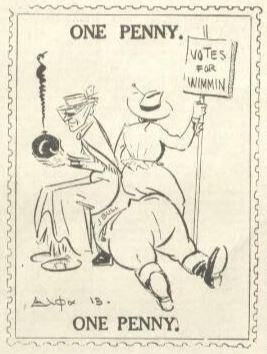Australian women
A group of women are a study in expressions at the Anzac Buffet in Hyde Park, Sydney where relations waited to welcome home their loved ones, c. 1918.
Becoming visible
In the Commonwealth's first two decades women were moving from the domestic sphere to gain greater political and social recognition. Many had jobs, and some retained them after marriage. Women successfully campaigned for the right to vote, to stand for election and to express opinions in public. Some notable women emerged to make their mark in government, art, literature, sport, law and medicine.
Employment was limited. Domestic service, the clothing industry, teaching and nursing were the traditional fields. Pay was less than for men. Double standards applied on moral matters, and women faced greater restrictions than men. Motherhood was held as a high ideal, and the Maternity Allowance Act was passed in 1912 to encourage women to have more children.
More changes came during the war years. Many women supported the national effort through voluntary organisations, and others as nurses. Several women took a high profile in the conscription debates. Many had to endure the anguish of having fathers, husbands and sons away at the war. Tens of thousands of mothers, widows, sisters and sweethearts were cast into mourning before it was over.

From The Bulletin 10 July 1913, pg 12. Collection of the Australian War Memorial.
